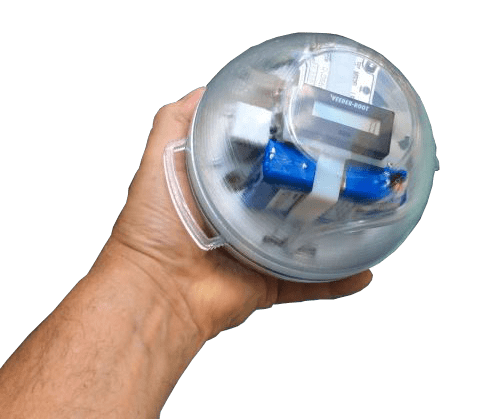Case Studies
Our case study archive allows you to have an inside look at some of our past projects. See how our customers have utilized each of our services, including 3D scanning, 3D printing, reverse engineering, product development, thermoforming, and much more! You’ll also read about how we rose to meet each new and exciting challenge to produce the best products possible. To read a full case study or download it as a PDF, click on one of the buttons below.
Pendant Armor
Hand-held industrial programming devices are expensive and vulnerable to breakage when dropped. The idea for a protective case for these devices was brought to us needing a complete redesign to ensure proper fit and protection while also improving manufacturability. 3 Space covered all steps necessary in the project’s product development process, including 3D scanning, reverse engineering, design engineering, PolyJet 3D printing prototyping, injection molding, die stamping, and drop-shipping. This bumper model and others we have made since have all been taken from concept to final product in less than 90 days.
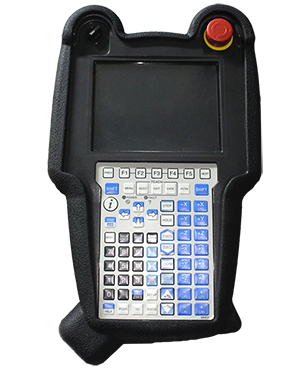
Whirlpool
For Whirlpool appliances, the logo must be placed uniformly on every unit. To help their employees align the logo correctly on each unit, Whirlpool designed a hand-held fixture to be used in production. However, these fixtures could not be produced fast enough to service all the plants in need, sometimes taking months to produce a new batch. With our in-house 3D printers, 3 Space was able to help produce these units in as little as 5 days. We also worked to create a better solution for a non-marring surface on these fixtures by 3D printing TPU and attaching it to the fixtures in post-processing. As new appliance models needed these fixtures, we designed and 3D printed these for Whirlpool as well.
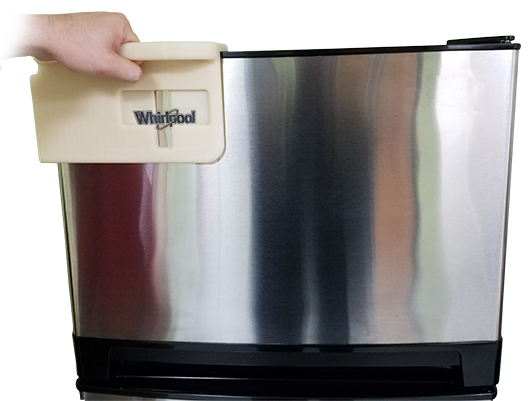
Butterworth Industries
To help ensure an uninterrupted production run in automobile factories, Butterworth Industries needed a plastic covering to fasten around the arm joint of their painting machines. 3 Space was able to develop their concept into a physical product in less than 10 days. This was accomplished by 3D scanning the arm joint, designing a thermoforming mold based on the resulting model, 3D printing the mold, thermoforming the covers in batches, and performing post-processing all in-house. With all steps handled in one location and with 3D printing, we were able to cut lead time drastically.
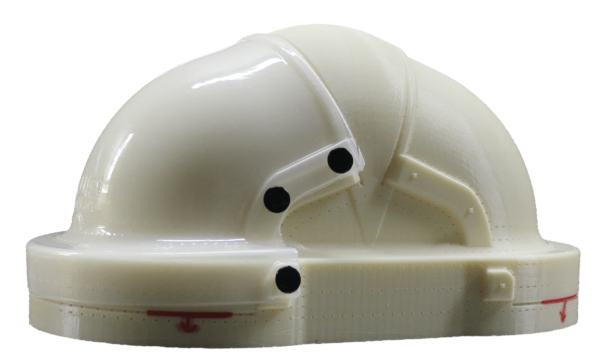
ReachaBowl
The ReachaBowl was a unique pet bowl designed with a rod and handle attached to make pet care easier for the elderly and disabled. 3 Space worked with the creator to adapt the design for injection molding. While 3D printing prototypes of the unit on our FDM printer went smoothly, several large problems were encountered in perfecting the injection molding that required significant alterations to the design, mold, and process. Both rigid plastic and overmolded rubber were used to make the product. By the end of the project, our team had become experts on the do’s and don’ts of injection molding a consumer product that was unblemished and easy to injection mold.
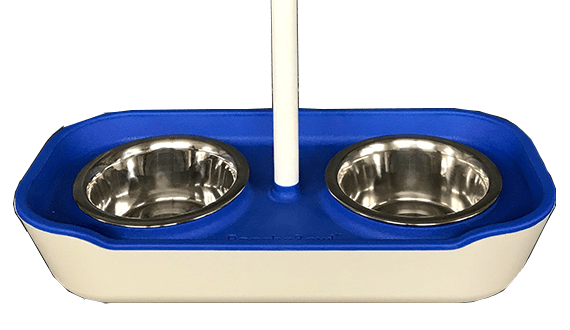
Louisville Water Company
The 3 Space team partnered with our local water company to redesign a water filtration device that was intended to be mounted on average water fountains in schools, government buildings, and other high-traffic public areas. This project presented many challenges beyond functionality and manufacturability, including ensuring safety and fitting all necessary filtration components into a small footprint. Our engineers successfully designed a compact cylindrical shape for the device and utilized rubber overmolding to make it safe for all ages. Our FDM, PolyJet, and MultiJet 3D printers were all used to prototype different materials and components of the device until it was perfect and sent to be injection molded.

Aqualytical
3 Space helped develop a water sampling device to be used for environmental testing. The device needed a complete redesign, which involved changing the shape, size, materials, and internal electrical components to meet the weight and buoyancy requirements of the project while also making the device easier and cheaper to manufacture. FDM 3D printing was performed in-house to prototype the spherical shell for the device and determine areas in need of more support and other alterations before being sent out for injection molding. Our engineers also designed a custom jig that we 3D printed and used to pot the electrical components within the shell at the correct angle.
